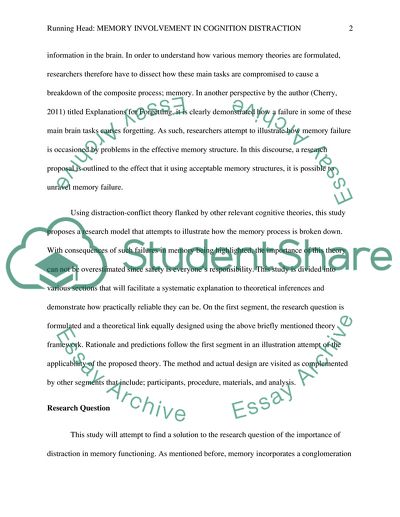Cite this document
(The Memory Processing of Information Influences the Impact of Research Paper, n.d.)
The Memory Processing of Information Influences the Impact of Research Paper. Retrieved from https://studentshare.org/science/1749943-research-proposal-psychology
The Memory Processing of Information Influences the Impact of Research Paper. Retrieved from https://studentshare.org/science/1749943-research-proposal-psychology
(The Memory Processing of Information Influences the Impact of Research Paper)
The Memory Processing of Information Influences the Impact of Research Paper. https://studentshare.org/science/1749943-research-proposal-psychology.
The Memory Processing of Information Influences the Impact of Research Paper. https://studentshare.org/science/1749943-research-proposal-psychology.
“The Memory Processing of Information Influences the Impact of Research Paper”, n.d. https://studentshare.org/science/1749943-research-proposal-psychology.


